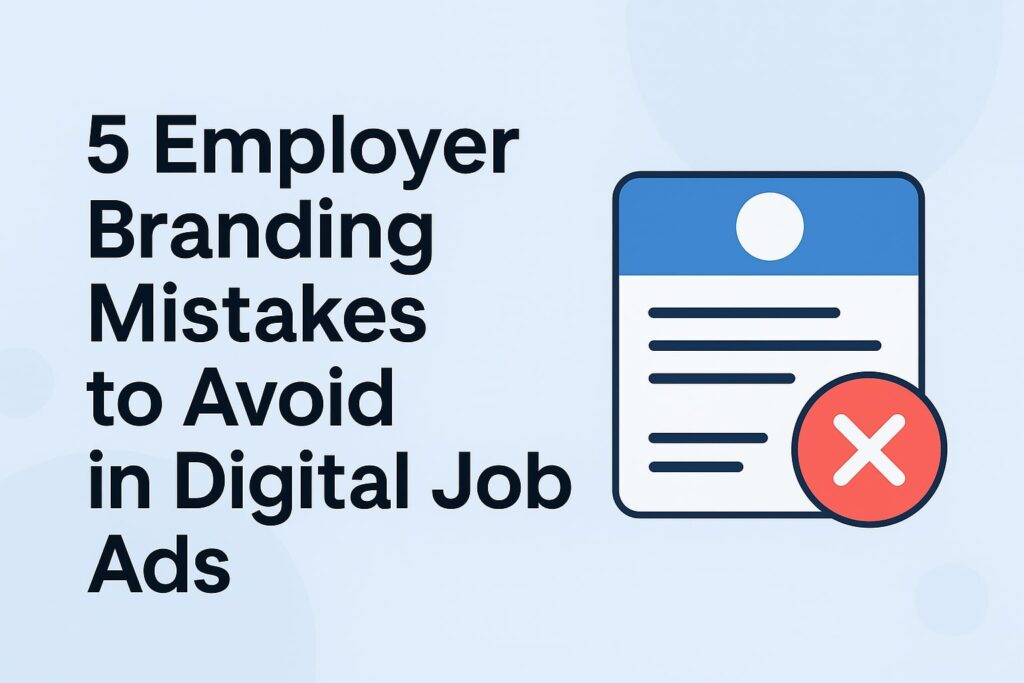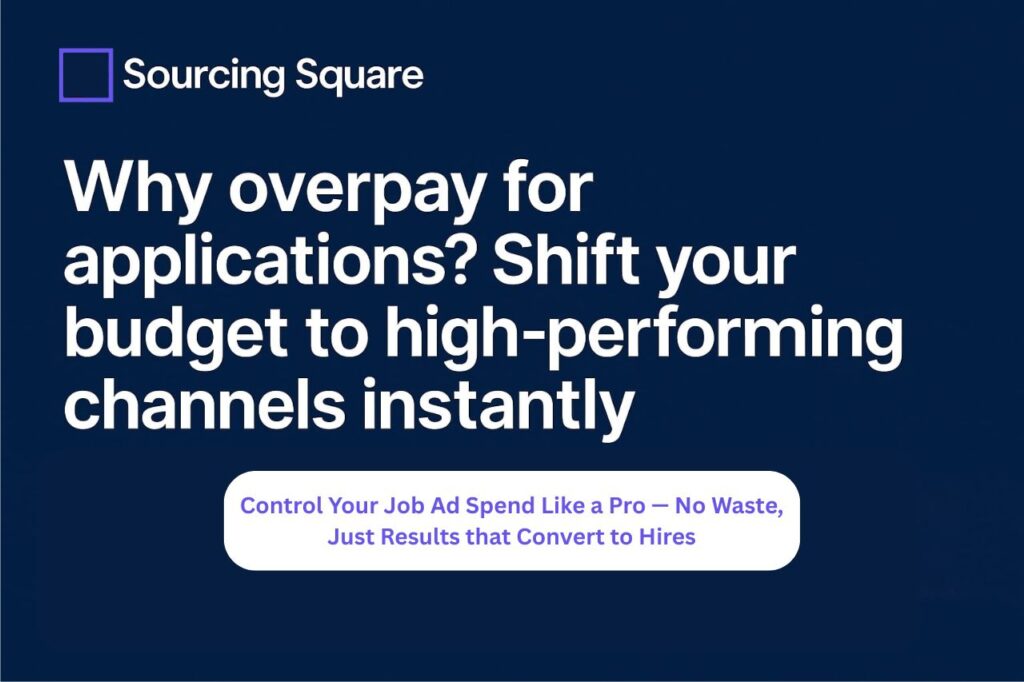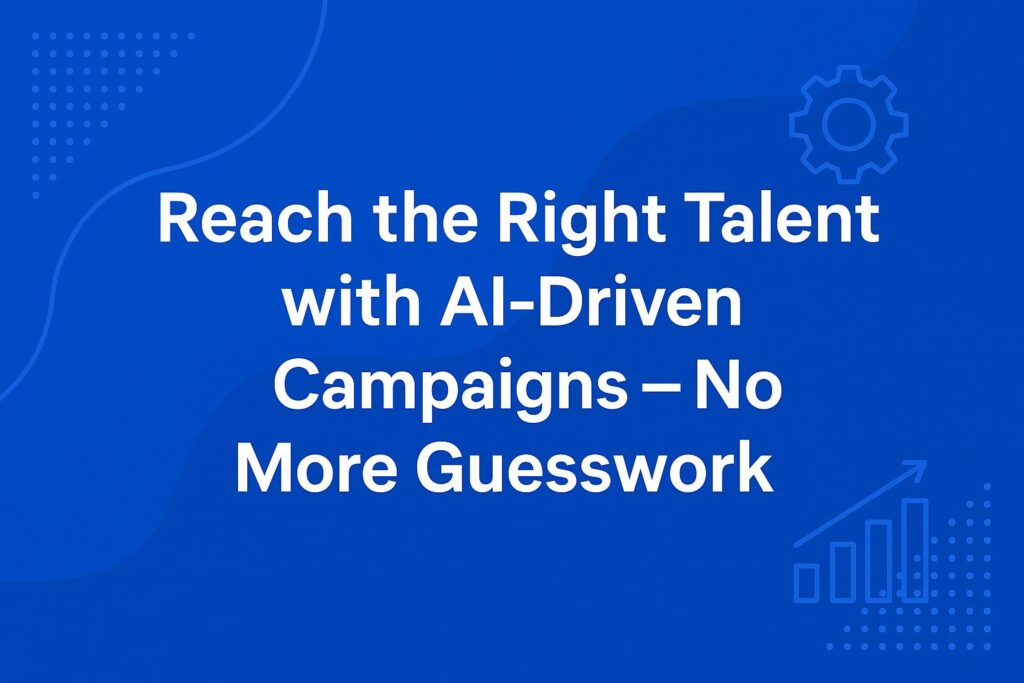In the fast-paced and ever-evolving landscape of talent acquisition, staying ahead of the curve is essential for organizations looking to attract and retain the best talent. As we step into 2023, let’s explore some of the most critical talent acquisition best practices that can help your organization thrive.
Employer Branding:
Building a strong employer brand is akin to crafting your organization’s unique identity in the job market. It’s not just about having an attractive logo or tagline; it’s about showcasing what your company stands for. In 2023, job seekers are increasingly discerning, looking beyond just the job description and salary. They want to align themselves with organizations that share their values and offer a positive work environment.
To establish a compelling employer brand, you should highlight your company culture, values, and employee experiences. Utilize various channels, such as social media, career websites, and employee testimonials, to communicate your brand story. Authenticity is key here. Showcase real employee experiences and achievements to resonate with potential candidates and create a powerful emotional connection.
Data-Driven Decision-Making:
Data analytics has transformed the talent acquisition landscape. In 2023, recruiters are no longer relying solely on intuition and past practices. Instead, they are leveraging data to make informed decisions throughout the recruitment process.
Start by identifying which recruiting channels yield the best results for your organization. Analyze metrics like source of hire, time-to-fill, and cost-per-hire to optimize your recruitment budget and strategy. Additionally, dive into candidate demographics to understand the composition of your applicant pool and ensure that your recruitment efforts align with diversity and inclusion goals. Data-driven decisions empower you to allocate resources efficiently, reduce bias in hiring, and enhance the overall quality of your hires.
Candidate Experience:
A positive candidate experience can significantly impact your ability to attract top talent. In 2023, job seekers expect a seamless and respectful application process. To achieve this, ensure that your application process is user-friendly, responsive on various devices, and transparent. Keep candidates informed at every stage of the hiring process, from application receipt to interview feedback.
Communication is key; timely responses, even if it’s to convey rejection, show that you value candidates’ time and effort. Remember that a positive candidate experience extends beyond the hiring process; it also includes onboarding and integration into the company culture. A good candidate experience can create brand advocates who not only join your organization but also refer others.
Diversity, Equity, and Inclusion (DE&I):
Diversity and inclusion have moved beyond buzzwords and are integral to talent acquisition in 2023. Embrace DE&I practices to create a workplace that welcomes individuals of all backgrounds and perspectives. Begin by implementing unbiased recruitment practices, including blind resume screening and structured interviews.
Offer equal opportunities to all candidates, regardless of their gender, race, or background. This extends to creating an inclusive company culture where employees feel valued and have a sense of belonging. Diverse teams not only foster innovation but also enhance your organization’s reputation as an inclusive employer, attracting talent who value diversity.
Talent Pipelining:
Talent pipelining is about taking a proactive approach to hiring. Rather than scrambling to fill positions when they become vacant, build relationships with potential candidates ahead of time. Engage with individuals who align with your company’s values and culture, even if you don’t have immediate openings.
By nurturing these relationships over time, you can quickly fill positions when they do become available. This reduces time-to-fill and ensures a steady flow of top talent into your organization. Talent pipelining also allows you to respond more effectively to unexpected talent gaps or rapid growth.
Automation and AI:
Automation and AI technologies have transformed the administrative aspects of recruitment. In 2023, these tools are used to streamline repetitive tasks, such as resume screening, initial candidate assessments, and interview scheduling.
Automated systems can scan resumes for keywords and qualifications, saving recruiters time and ensuring a consistent and fair evaluation process. AI-driven chatbots can engage with candidates, answering common questions and providing updates on application status. By implementing these technologies, recruiters can focus on strategic tasks like relationship-building and evaluating cultural fit.
Upskilling and Retention:
Attracting top talent is vital, but so is retaining your existing workforce. Invest in upskilling and professional development opportunities to empower your employees to grow within the organization. Mentorship programs and a supportive work environment can foster employee loyalty and engagement.
A culture of continuous learning not only benefits individual employees but also ensures that your organization remains competitive and adaptable in a rapidly changing job market. Recognize and reward high-performing employees, providing incentives for them to stay and contribute to your company’s success.
Flexibility and Remote Work:
The COVID-19 pandemic accelerated the acceptance of remote work, and it continues to be a significant factor in talent acquisition in 2023. Offering flexible work arrangements and remote options expands your talent pool, attracting individuals who prioritize work-life balance, location independence, or specialized skill sets.
Remote work also opens doors to a more geographically diverse workforce, enabling you to tap into talent from different regions and time zones. Ensure that your organization has the technology and policies in place to support remote work effectively.
Continuous Learning and Adaptation:
The world of talent acquisition is in constant flux, with new technologies, trends, and regulations emerging regularly. To remain competitive, stay updated with industry trends, emerging technologies, and best practices. Attend conferences, webinars, and training sessions to enhance your skills and knowledge.
Adaptability is a core competency in talent acquisition in 2023. Be prepared to adjust your strategies and tactics as needed to meet the evolving needs and expectations of both candidates and your organization.
Employee Referral Programs:
Harness the power of your existing employees as brand ambassadors and recruiters. Employee referral programs encourage your workforce to refer qualified candidates. Employees are often the best judges of cultural fit, and their referrals tend to align well with your company culture and values.
Incentivize employees to participate in referral programs, and make it easy for them to refer candidates through user-friendly referral platforms. Recognize and reward employees for successful referrals, creating a win-win situation where your employees help shape the organization’s future.
In Conclusion
Effective talent acquisition in 2023 requires a strategic, data-driven approach that prioritizes employer branding, candidate experience, diversity and inclusion, and ongoing learning. By implementing these best practices, your organization can attract, hire, and retain top talent, ensuring a competitive edge in today’s dynamic job market. Remember that talent acquisition is not just a one-time process but an ongoing commitment to building a strong and thriving workforce.
Sourcing Square empowers talent acquisition with data-driven insights, streamlined candidate management, and cutting-edge automation, ensuring organizations can implement best practices to attract and retain top talent effectively and efficiently.




